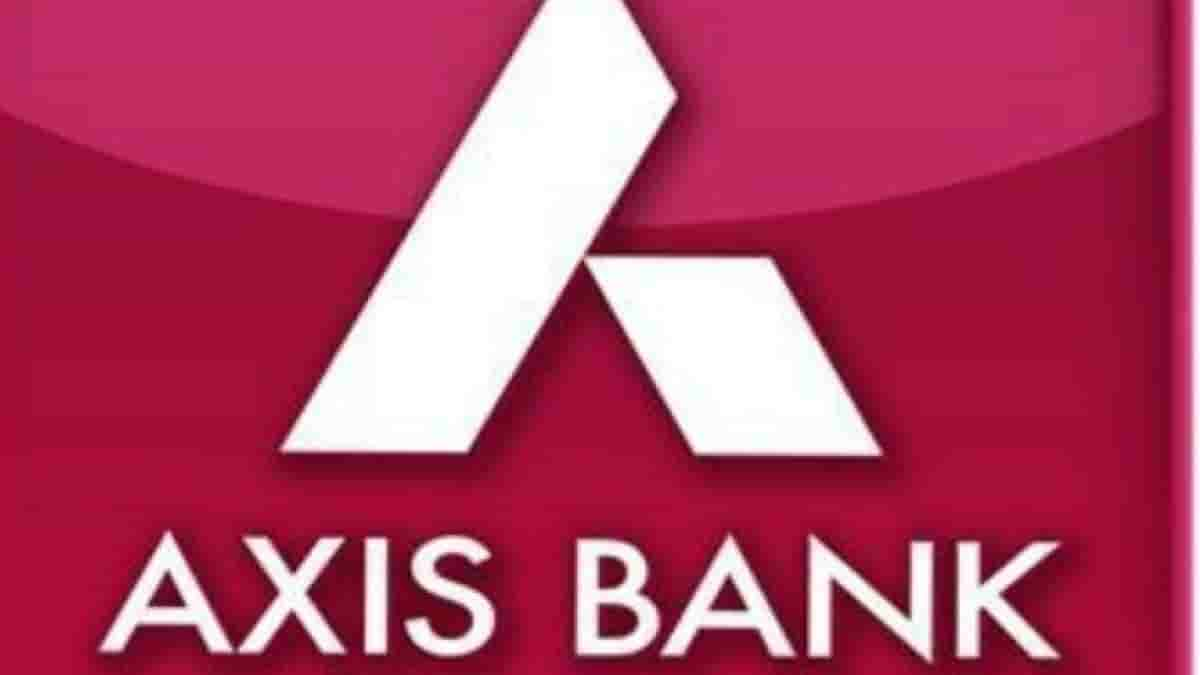Axis Bank attempts to capture a larger share of the nation’s credit card market; sets eye on semi-urban and rural markets

A top corporate official stated on Monday that Axis Bank is attempting to capture a larger share of the nation’s credit card market and noted that the growth in semi-urban and rural income creates a significant opportunity for the banking sector. Amitabh Chaudhry, managing director, and chief executive officer of Axis Bank, estimates that by 2026, two out of every three transactions in India will be completed via digital payment methods due to the country’s rapidly growing consumer expenditure.
India’s economy, which is poised to achieve a valuation of USD 5 trillion and is among the fastest-growing in the world, is in for some intriguing times. In addition, we have seen some sudden fundamental changes, particularly in the banking and financial industry, such consumerism, disruption, and so on,” said Chaudhry said the following when the Visa and Samsung co-branded credit card was originally unveiled. He further added, “And for that reason, large private banks like us have invested in upgrading their internal processes and technology infrastructure. Additionally, I think that being distinctive and creating exclusive, bespoke items driven by innovation would be where the actual differentiation would occur.”
He asserted that the RBI and the national government have tried numerous times to transform India into a digital economy. The introduction of a national digital currency by the RBI and innovations like UPI payments are important steps in the right direction. The source claimed that all of these, along with simplified customer onboarding, improved consumer knowledge, and increasing acceptability, further highlight the sector’s potential.
According to asset size, the third-largest private sector bank in the nation holds a 16% market share for UPI transactions and a 22% market share for UPI P2M. (payments to merchants).
With a market share increase of almost 17% over the previous six months and 12% at the end of the first quarter that ended in June of the current fiscal year, it is the fourth-largest participant in the credit cards sector.


